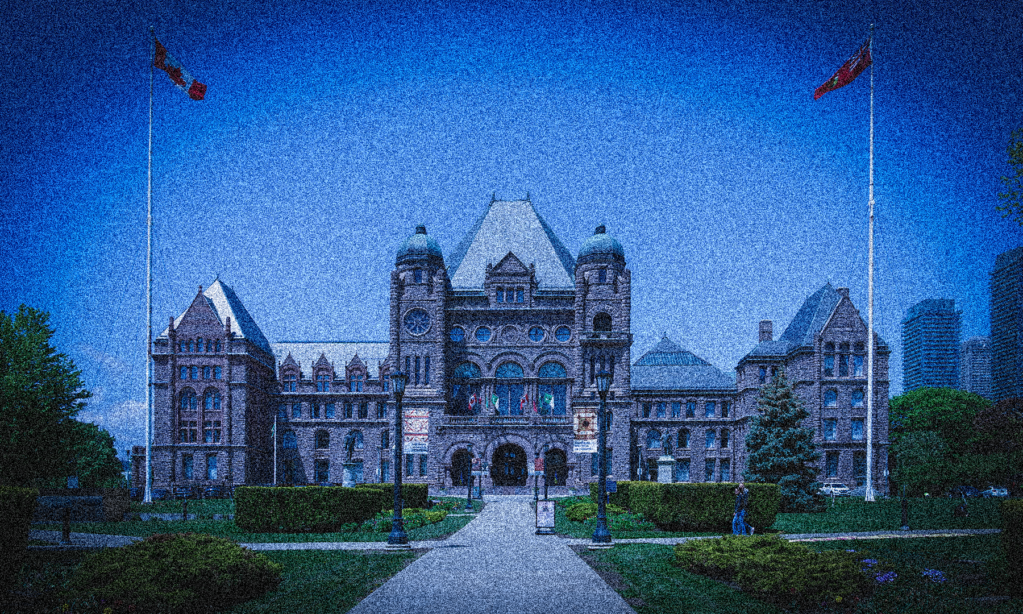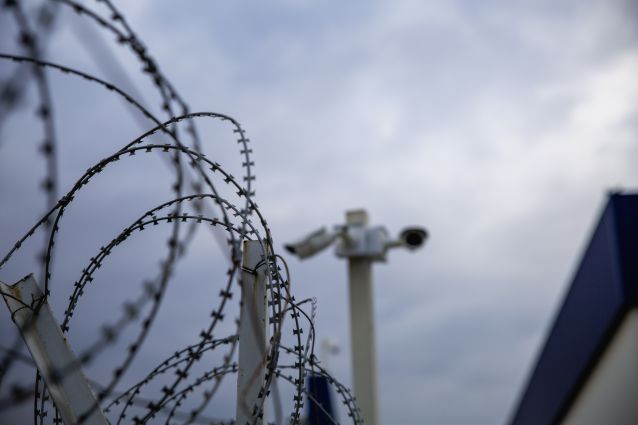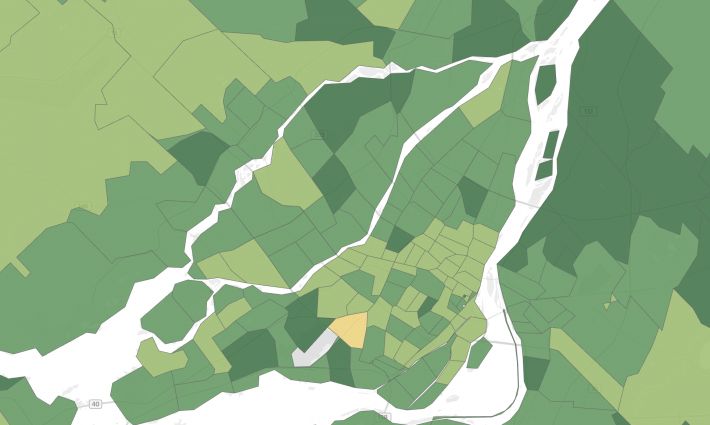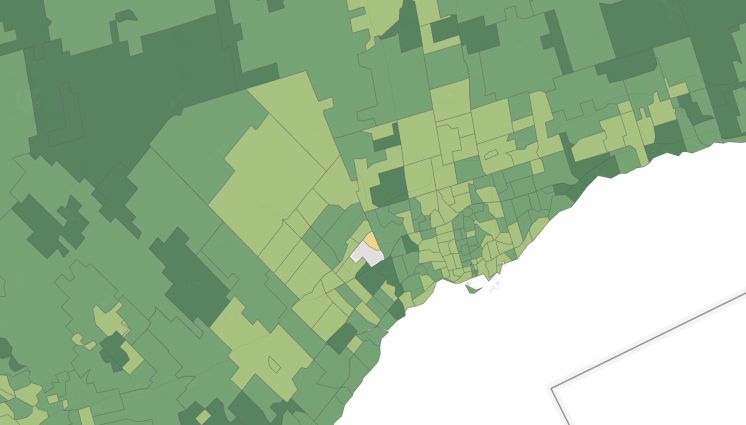January is a time of resolutions for some and pre-budget submissions for others. For the 2023 budget, we’re hoping the Ford government will resolve to boost funding for public services and people by budgeting more like other Canadian provinces.
We’re hoping Ontario will aim to be average.
Because when you compare Ontario budgets to those in the rest of Canada, Ontario just doesn’t measure up. When it comes to per-person spending on public services, especially health care, Queen’s Park is always at the back of the pack, and frequently dead last. From 2008 to 2021—through periods of recession, economic growth, low inflation, pandemic shutdowns, and high inflation—that has remained constant.
Ontario is equally bad at raising money to pay for public programs. In terms of what economists call “fiscal effort”—how hard the province is actually trying to raise money to meet public needs—Ontario always lags behind.
So we asked the question: What would the provincial budget look like if it raised revenues and funded programs like other provinces do? We’re not talking about reaching for excellence here, or reaching for the top; we’re just curious to know what it would take for Ontario to achieve mediocrity. So here goes.
The concept of “provincial own-source revenue” measures fiscal effort. It subtracts transfers from the federal government from total revenues to show how much revenue is being raised by provinces on their own to fund public services. To make this comparison meaningful, economists measure it as a share of total economic activity—i.e., GDP.
Fiscal effort measures what percentage of its economy the province is willing to devote to public programs for its people.
Chart 1 shows own-source revenues as a share of GDP in 2021 for each province. It shows that Ontario was below average, and that its fiscal effort was the second lowest. Only Alberta was raising a smaller share of its GDP to fund public services.
Chart 2 shows Ontario’s own-source revenue as a share of GDP compared to the rest of Canada over the period from 2008 to 2021. It shows that 2021 wasn’t usual. Ontario was consistently lower than average at raising revenue over that period. Over the past five years, Ontario’s own-source revenues as a share of GDP were 3.4 percentage points below the average of the other provinces. If Queen’s Park increased these revenues to the average of the other provinces, Ontario would have raised $34.5 billion more in 2021 than it actually did. That would have increased total revenues in 2021 by a whopping 20%.
Chart 3 shows per capita program spending for each of the 10 provinces in 2021. Ontario is not only below the average of the rest of the provinces; it is dead last.
Chart 4 shows how Ontario’s program spending per capita has been below the rest of Canada since 2008. On an annual basis, it averaged $2,437 less than the average of the other provinces over the last five years. Increasing program spending per capita to the five-year average would have increased program expenditures by $36.1 billion, or 21% in 2021.
Not surprisingly, these two enormous numbers are roughly the same. We spend too little on public services and people precisely because we choose to raise too little revenue.
This has serious consequences. In areas like health care, those consequences are sometimes undoubtedly fatal.
Chart 5 shows that the gap in per-capita health spending between Ontario and the rest of Canada has continued to grow since the recession of 2008-09. In 2021-22, according to the Canadian Institute for Health Information (CIHI), the gap was $591. Despite the increased needs for health care as a result of the pandemic, Ontario fell further behind. Increasing Ontario’s health spending to the average of the other provinces over the last five years would increase health spending by $7.2 billion or 9.3%.
As it happens, this number is closing in on the $10 billion a year the Ontario government has been demanding of the federal government to help cover health care costs.
That money, or at least some of it, may be coming to Ontario soon. In a news conference Jan. 12, Premier Doug Ford said—for the first time—that he was willing to accept federal conditions on how new transfer dollars for health care would be spent. That being said, more federal money won’t change the fact that Ontario is failing to fund health care to the standard other provinces already consider normal.
One of those conditions should be that Ontario won’t be allowed to spend federal health dollars on further tax cuts. To date, some two dozen tax changes since 2018 are reducing annual provincial revenues by at least $8.2 billion a year (see table below for up-to-date details). That’s money that’s no longer available to spend on public services.
It is not hard to imagine what the Ontario government could do with increased own-source revenues and spending. The pandemic has both exposed and worsened the inadequate funding of our public services. We urgently need investments in health care, education, and other important areas. We desperately need to cushion the impacts of inflation on low-income Ontarians. Public services and public-sector workers are being undervalued.
It doesn’t have to be this way. The 2023 Ontario budget could set the provinces on a path to breathing new life into our public services and replenishing public coffers to pay for them. We don’t have to reach for the top. But surely we can strive to be average.







